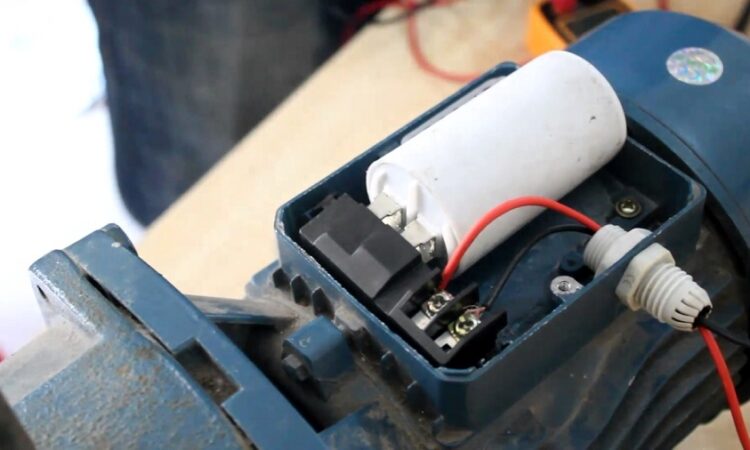
Understanding the connection between a motor and a pump is essential for anyone involved in the maintenance, operation, or repair of pump systems. This relationship is pivotal in a wide array of industries, from water treatment to manufacturing. Properly connecting a motor to a pump ensures efficient operation and longevity of the equipment. In cases where issues arise, professional pump and motor repair services play a crucial role in diagnosing and rectifying problems. Let’s delve into the mechanics of how a motor connects to a pump and the importance of expert pump and motor repair.
The Basics of Motor and Pump Connection
At its core, the motor is the driving force that powers the pump, propelling liquid through the system. The connection between these two components is critical for the pump system’s overall performance.
Direct Coupling
The most common method of connecting a motor to a pump is through direct coupling. This involves aligning the motor’s shaft directly with the pump’s shaft, ensuring that the power generated by the motor is efficiently transferred to the pump. Precision alignment is crucial to avoid unnecessary strain on the system, which could lead to wear and tear or even failure.
Belt Drive Systems
Another method is the belt drive system, where belts and pulleys connect the motor to the pump. This method offers flexibility in adjusting the speed of the pump by changing the pulley sizes, but it requires regular maintenance to ensure the belts remain in good condition.
Importance of Proper Installation
Correct installation of the motor and pump connection is vital for several reasons. It ensures that the system operates efficiently, minimizes energy consumption, and reduces the risk of damage to the system components. Misalignment can cause vibration, noise, and increased wear, leading to premature failure.
Role of Pump and Motor Repair Services
Professional pump and motor repair services are equipped to handle the precise alignment required for these connections. They use specialized tools and techniques to ensure that the motor and pump are perfectly aligned, optimizing the system’s performance and extending its lifespan.
Common Issues and Troubleshooting
Even with proper installation, motors and pumps can encounter issues that impact their operation. Recognizing common problems and knowing when to seek pump and motor repair can save time and money.
Signs of Connection Issues
- Unusual vibration or noise
- Overheating of the motor or pump
- Decreased pumping efficiency
- Visible wear on coupling components or belts
When these signs are observed, it’s critical to consult a pump and motor repair specialist to diagnose and address the issue promptly.
Preventive Maintenance
Regular maintenance is key to preventing issues with motor and pump connections. This includes routine inspections, alignment checks, and replacement of worn parts. Establishing a maintenance schedule with a pump and motor repair provider ensures that potential problems are identified and resolved before they lead to system failure.
Conclusion
The connection between a motor and a pump is fundamental to the operation of many types of machinery and systems. Ensuring this connection is correctly established and maintained is critical for the efficiency, reliability, and longevity of the equipment. Whether through direct coupling or belt drive systems, the alignment between the motor and pump must be precise. Regular maintenance and timely pump and motor repair are essential practices that keep these systems running smoothly. By understanding the basics of how motors connect to pumps and the importance of professional maintenance, equipment owners can ensure their systems operate effectively for years to come.
